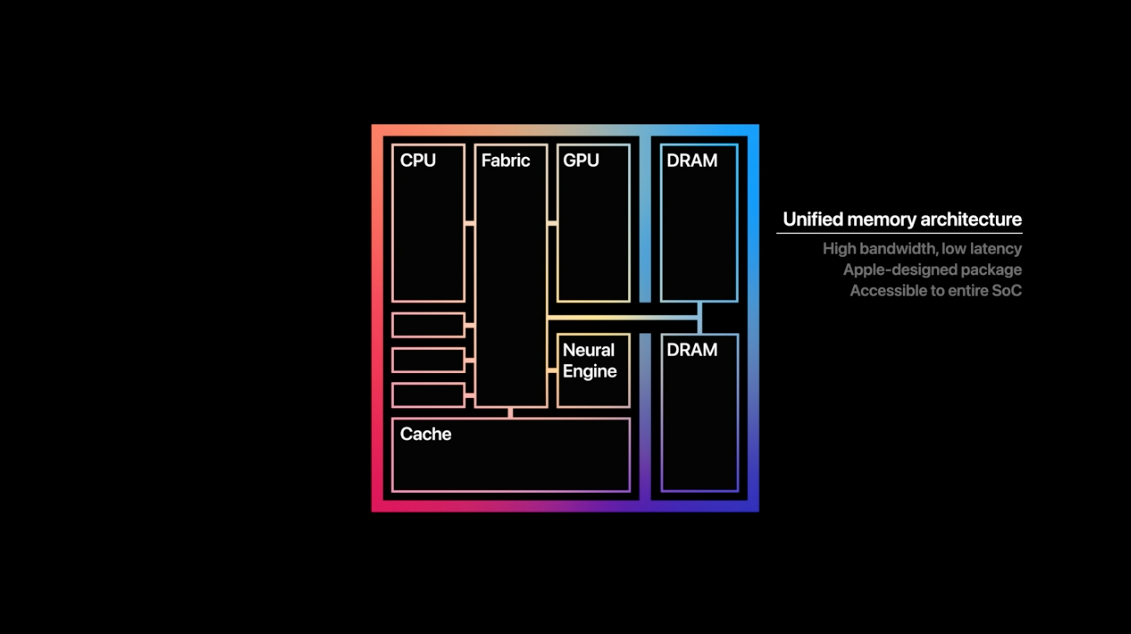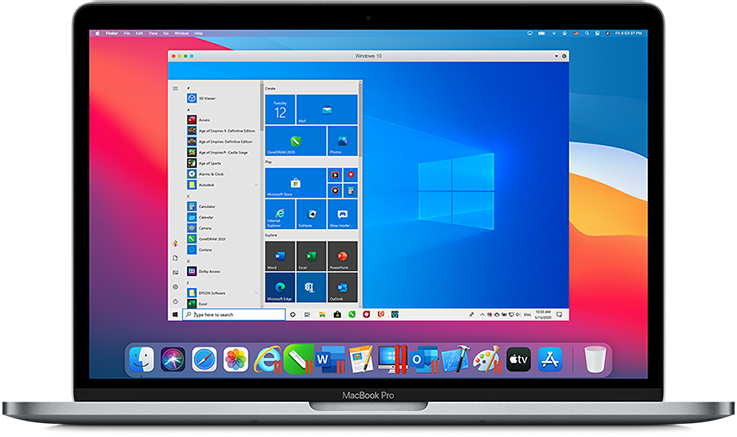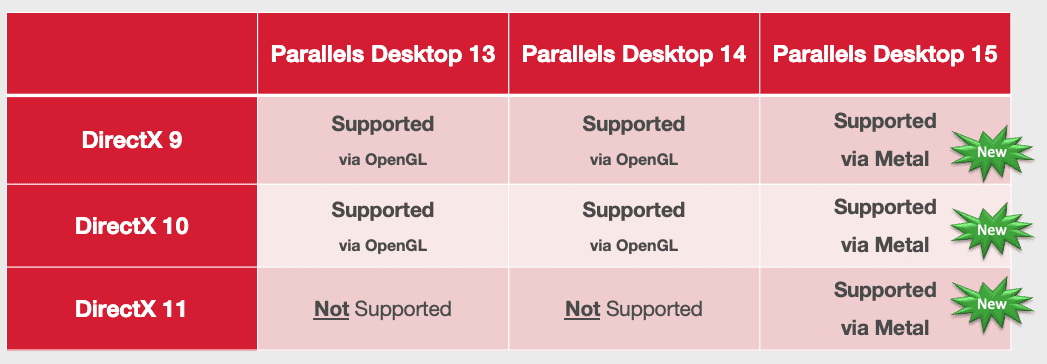Parallels Desktop provides virtualization software for Macbooks. It is a convenient way to run Windows or any other operating system right on your Mac environment.
If you no longer require Parallels Desktop, this guide will provide you with step by step instructions on how to remove it safely and delete all of its elements.
Integrates Mac features like Dictation and gestures into Windows applications Works great on the 11-Inch MacBook Air to the 15-Inch MacBook Pro with Retina display or the iMac Parallels Desktop for Mac is the most tested, trusted and talked-about solution for running Windows applications on your Mac and the #1 choice of Mac customers. Parallels Desktop just works flawlessly for the every day Windows applications. So there is little doubt from me that the latest version of Parallels Desktop will work just as well. But the big question for me has always been if I could play Windows games on my Mac with Parallels Desktop.
Step 1: Removing Parallels Desktop Application
Navigate to the Parallels Control Center to view the virtual machines that you are running.
If you have any running machines, It is essential that you stop them completely.
To do that, click on any running machine. Navigate to the Actions tool on the top toolbar and click on Shut Down.
Once all machines are shut down, it is safe to start uninstalling Parallels desktop.
MathType is compatible with Microsoft Word, PowerPoint, WPS and publishing tools. Install this powerful equation editor on your computer. Using MathType with WPS Writer/Kingsoft Writer WPS Writer is a word processor that supports a widespread Windows standard for linking and embedding objects called Object Linking and Embedding (OLE). Since MathType equations are natively OLE objects, MathType and WPS Writer work well together. Mathtype office 365. MathType 7 for Windows and Mac MathType automatically installs and adds a new equation editor toolbar to Microsoft Word and PowerPoint, for Windows and Mac computers. MathType also works for Pages and Keynote. Download MathType 7 for Windows. Equation Editor in WPS Office is a special version of MathType™ by Design Science. If you frequently create documents with equations, you may find MathType is better suited to your needs. MathType is as easy to use as Equation Editor and has many extra features to help you save time and create a wider range of equations. Often WPS self-contained Formula editor function is very few, sometimes MathType will WPS automatically change the formula editor to MathType, but after the heavy install WPS found is not MathType, the General people will again reload MathType, is actually unnecessary, Here's a simple way.
Navigate to Parallels Desktop from the toolbar and click on “Quit Parallels Desktop”
Once you quit the application, navigate to the Applications folder.
Right-click on Parallels Desktop and select “Move to Trash”
If a dialog box appears prompting you to enter the password, please do so.
Go to Trash, right-click on the Parallels Desktop icon and select Delete Immediately.
Step 2: Remove Parallels Desktop virtual machines
Now the application is completely removed from the system.
Unfortunately removing the Parallels Desktop application does not remove the virtual machines that you had installed on it. Unless you delete the virtual machines manually they will keep taking up a significant part of your storage.
Parallels virtual machines are created with the .pvm extension. Therefore follow the steps below if you would like to search for the files with the .pvm extension,
Hit command + space together to bring up Spotlight Search.
Type .pvm on the search bar.
All your .pvm files will be listed here.
Now that you know what .pvm files are remaining in your system, let’s go ahead and open Finder to find these items.
Right-click on the .pvm file and select Move to Trash

Go to Trash

Right-click on the .pvm file and click on Delete Immediately.
Repeat the process for all the .pvm files that you have on your Mac. This process will delete all the virtual machines and will save a significant amount of storage in your Macbook.
Step 3: Removing application icons and virtual machines’ folders
Removing the application and deleting the virtual machines will not completely uninstall all the elements left behind by the Parallels Desktop application.
Oklahoma drivers license number format. Let’s look at what other files and folders that we should delete to ensure complete uninstallation of the application.
Let’s switch to the Terminal to get rid of all these.
Open Spotlight Search by pressing command and space together.
Search for Terminal and click on it.
Navigate to the User folder by typing the following command.

Here you will find the “Applications (Parallels)” folder. This directory should be deleted to completely remove the applications of the virtual machine.
To remove this folder, type the following command on the terminal.
Navigate to the Applications folder by typing the following command
Here you will find another application under the name “Windows 10 Applications.app” To remove this folder, type the following command on the terminal
Now that we removed these two files, let’s navigate to the Library folder to remove another file.
For this, you would require administrator access. To gain administrator access type the following command:
Enter the password for your administrator account.
Navigate to the Library folder by typing the following link in the command:
Type the following command to remove the Parallels folder in the Library:
Type exit on the command line to exit from your administrator account.
By following these steps, we have been able to completely remove Parallels and its folders from the device.
Please keep in mind that depending on the virtual machine that you have installed, the names of the folders specific to the operating system could vary.
Parallels Desktop provides virtualization software for Macbooks. It is a convenient way to run Windows or any other operating system right on your Mac environment.
If you no longer require Parallels Desktop, this guide will provide you with step by step instructions on how to remove it safely and delete all of its elements.
Step 1: Removing Parallels Desktop Application
Navigate to the Parallels Control Center to view the virtual machines that you are running.
If you have any running machines, It is essential that you stop them completely.
To do that, click on any running machine. Navigate to the Actions tool on the top toolbar and click on Shut Down.
Once all machines are shut down, it is safe to start uninstalling Parallels desktop.
Navigate to Parallels Desktop from the toolbar and click on “Quit Parallels Desktop”
Once you quit the application, navigate to the Applications folder.
Right-click on Parallels Desktop and select “Move to Trash”
If a dialog box appears prompting you to enter the password, please do so.
Go to Trash, right-click on the Parallels Desktop icon and select Delete Immediately.
Step 2: Remove Parallels Desktop virtual machines
Now the application is completely removed from the system.
Unfortunately removing the Parallels Desktop application does not remove the virtual machines that you had installed on it. Unless you delete the virtual machines manually they will keep taking up a significant part of your storage.
Parallels virtual machines are created with the .pvm extension. Therefore follow the steps below if you would like to search for the files with the .pvm extension,
Hit command + space together to bring up Spotlight Search.
Type .pvm on the search bar.
All your .pvm files will be listed here.
Now that you know what .pvm files are remaining in your system, let’s go ahead and open Finder to find these items.
Right-click on the .pvm file and select Move to Trash
Go to Trash
Right-click on the .pvm file and click on Delete Immediately.
Repeat the process for all the .pvm files that you have on your Mac. This process will delete all the virtual machines and will save a significant amount of storage in your Macbook.
Step 3: Removing application icons and virtual machines’ folders
Removing the application and deleting the virtual machines will not completely uninstall all the elements left behind by the Parallels Desktop application.
Let’s look at what other files and folders that we should delete to ensure complete uninstallation of the application.
Let’s switch to the Terminal to get rid of all these.
Open Spotlight Search by pressing command and space together.
Search for Terminal and click on it.
Navigate to the User folder by typing the following command.

Here you will find the “Applications (Parallels)” folder. This directory should be deleted to completely remove the applications of the virtual machine.
To remove this folder, type the following command on the terminal.
Navigate to the Applications folder by typing the following command
Here you will find another application under the name “Windows 10 Applications.app” To remove this folder, type the following command on the terminal
Now that we removed these two files, let’s navigate to the Library folder to remove another file.
For this, you would require administrator access. To gain administrator access type the following command:

Enter the password for your administrator account.
Navigate to the Library folder by typing the following link in the command:
Type the following command to remove the Parallels folder in the Library:
Apple Parallel Desktop Windows 10
Apple Parallel Desktop Software
Type exit on the command line to exit from your administrator account.
By following these steps, we have been able to completely remove Parallels and its folders from the device.
Apple Parallel Desktop Windows 10
Please keep in mind that depending on the virtual machine that you have installed, the names of the folders specific to the operating system could vary.
